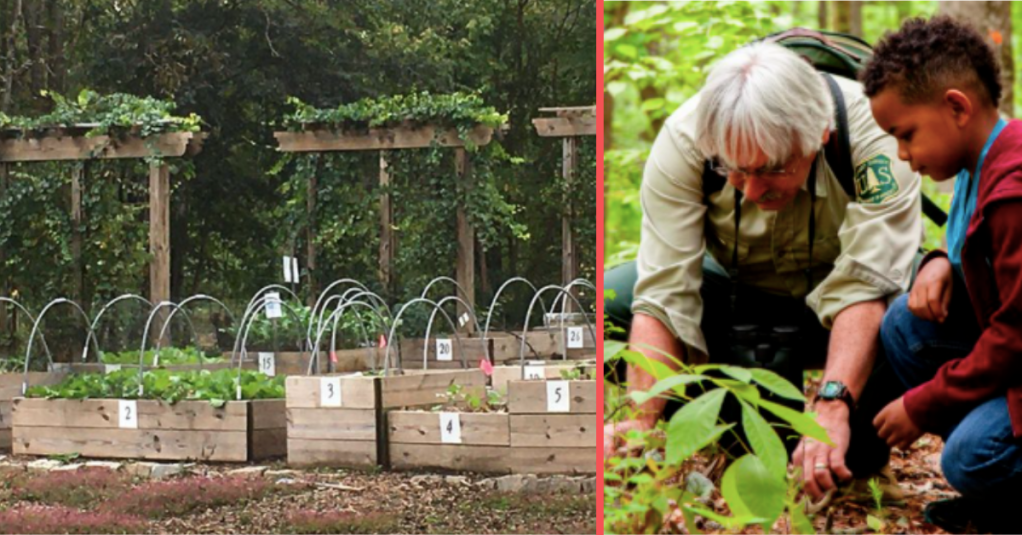The other day my husband said to me, “Can you imagine having so much money that you could solve hunger without even noticing?”
We were discussing wealth and the untapped potential philanthropy in the country, how some things, like hunger, seem insurmountable, and so people don’t even try.
So it’s really nice when we hear a story about people trying.
It’s no secret that more and more regions have food deserts.
Defined by DoSomething.org:
“Food deserts” are geographic areas where access to affordable, healthy food options (aka fresh fruits and veggies) is limited or nonexistent because grocery stores are too far away.
I’d build a grocery store in a food desert, with a delivery service to help those who still had difficulty with access.
— Christmas Carol (@clrmccullough) May 13, 2021
They can be located in cities or rural areas, and they affect at least 23.5 million people living in the United States–probably more.
But some local governments and community groups are proving that this is not an insurmountable problem.
Atlanta is one of those places. There, about 25% of the population live in a food desert.
Modern Farmer explains that some places, like Atlanta, are combating this lack of fresh food by creating food forests.
Food forests, also known as forest gardens, are low-maintenance, sustainable arrangements of edible plants that are designed to mimic natural ecosystems.
Comprised mostly of perennial plants, there’s no need for tilling, weeding, fertilizing or irrigation.
This solution has already proven popular in dozens of communities around the country.
Dubbed the Urban Food Forest at Browns Mill, Atlanta’s new site is situated on a former pecan farm.
#DYK Atlanta has the largest food forest in the United States? Learn more about the Urban Food Forest at Browns Mill here: https://t.co/2CzyasZXwQ #OneAtlanta pic.twitter.com/rXry5MCfP3
— City of Atlanta, GA (@CityofAtlanta) September 4, 2019
Serving the community has always been important to this particular piece of land. As their website explains:
Located in an area identified as a food desert, the site was a working farm as recently as 2000.
Neighbors still talk about the land’s former owners, Ruby and Willie Morgan, who left excess produce from their farm on fence posts for neighbors to claim and enjoy.
Today it is staffed by rangers and volunteers, and the garden supports crops, medicinal herbs, and native nuts and fruit trees.
At Atlanta's first food forest, you can forage for mushrooms and pick medicinal herbs. Near the airport, this food forest tackles food insecurity and provides education on gardening/urban farming. https://t.co/fgSYXUC7So
— Reimagine TCWAC 🐢 (@RTcwac) March 2, 2021
Families and company groups can visit and spend the day helping out.
Children can take field trips to learn about the farm-to-table process with hands-on experience.
A Food #Forest Grows in Atlanta – https://t.co/WyueTpKC2Z pic.twitter.com/n7P9c7L79A
— Dept. of Agriculture (@USDA) May 7, 2018
In addition to vegetables like corn, squash, and collard greens, the garden even provides the opportunity for citizens to forage for mushrooms!
https://www.instagram.com/p/CBj0_RUhPBc/?utm_source=ig_web_copy_link
They have planted plenty of fruit trees which will one day support cherries, nectarines, and pawpaws ripe for the picking.
To learn more, check out this great video!
This is “free food forest”!! Grown by volunteers in Atlanta, anyone can pick fruits and vegetables for free from here. Watch this video for more…👇pic.twitter.com/nIt09akWC0
— Manas Muduli🇮🇳 (@manas_muduli) May 13, 2021
In a world often filled with bad news and worse news, doesn’t this give you all the feels?
Tell us what you think in the comments.

